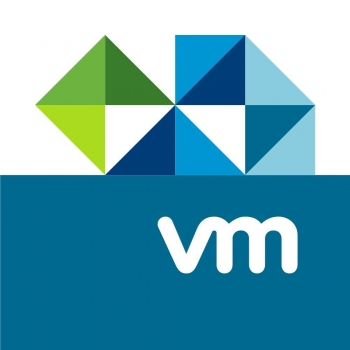Course Introduction
- Introductions and course logistics
- Course objectives
- Describe the content of the course
- Gain a complete picture of the VMware certification system
- Familiarize yourself with the benefits of the VMware Education Learning Zone
- Identify additional resources
Introduction to vSphere and the Software-Defined Data Center
- Describe how vSphere fits into the software-defined data center and the cloud infrastructure
- Explain how vSphere interacts with CPUs, memory, networks, and storage
- Use vSphere Client to access and manage your vCenter Server system and ESXi host
- Compare virtual machine hardware version 14 to other versions
- Identify the virtual network adapters, and describe the enhanced VMXNET3
- Compare the types of virtual disk provisioning
- Install and configure ESXi host settings
- Identify the advantages of ESXi Quick Boot
Creating Virtual Machines
- Create, provision, and remove a virtual machine
- Explain the importance of VMware Tools™
- Describe how to import a virtual appliance OVF template
vCenter Server
- Describe the vCenter Server architecture
- Discuss how ESXi hosts communicate with vCenter Server
- Access and configure vCenter Server Appliance
- Use vSphere Client to manage the vCenter Server inventory
- Add data center, organizational objects, and hosts to vCenter Server
- Create custom inventory tags
- Describe the rules for applying permissions
- Create a custom role in vCenter Server
- Create a vCenter Server Appliance backup schedule
- Restore vCenter Server Appliance from a backup
- Monitor vCenter Server Appliance
Configuring and Managing Virtual Networks
- Describe, create, and manage standard switches
- Configure virtual switch security, traffic-shaping and load-balancing policies
- Compare vSphere distributed switches and standard switches
- Describe the virtual switch connection types
- Describe the new TCP/IP stack architecture
- Use VLANs with standard switches
Configuring and Managing Virtual Storage
- Identify storage protocols and storage device types
- Discuss ESXi hosts using iSCSI, NFS, and Fibre Channel storage
- Create and manage VMware vSphere® VMFS and NFS datastores
- Explain how multipathing works with iSCSI, NFS, and Fibre Channel storage
- Identify the advantages of VMware vSAN™


